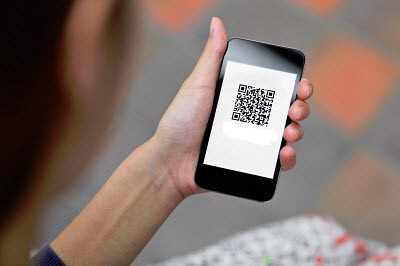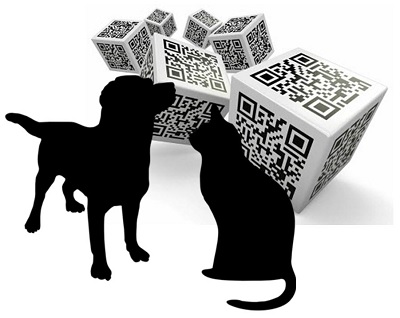New billboards and signs featuring quick response codes will be placed in locations worldwide.
Clear Channel, a company that currently has nearly 700,000 signs and billboards positioned in different spots around the globe is planning to add 75,000 QR codes to advertisements in areas that feature “heavy footfall and long dwell-time”.
This means that places such as bus stops, shopping malls, and airports will now see quick response codes.
The QR codes on the billboards will also have added SMS capabilities that make it possible to text people who are close by or to use near field communication (NFC) technology for the contactless transmission of information to devices that are located in close proximity. This converts the posters into a form of mobile marketing with considerable potential.
The QR codes and other technology will help to better connect with consumers who are on the move.
According to Clear Channel, the initiative, which they have called Connect, “presents the opportunity to target consumers on-the-go, when they are receptive to messages and can be delighted by timely, relevant and tailored invitations to engage.” That statement was made by the company’s chief operating officer, Suzanne Grimes.
These types of distractions, such as being able to scan a QRcode, are typically welcome in areas such as airports where people are looking for something simple to do in order to kill time. It isn’t something that they would likely do if they were in a hurry and were just walking from one place to another, but when they are forced to wait around, they will be far more willing to amuse themselves with activities such as barcode scans.
That said, to become effective, the ad needs to find some way to become noticed in the first place. Before consumers are able to scan QR codes, then need to actually realize that they’re there. It is in this area that Clear Channel has managed to stand out, as it has employed other technologies to draw more attention to itself and to make sure that its posters aren’t seen as simply passive atmosphere. This way, they become interactive features.
Pethub has announced its acquisition of GetPetsHome so that it can provide free digital ID tags.
A startup from Seattle called PetHub, has just announced that this QR codes product company has acquired another business called GetPetsHome, which is based in Atlanta.
This has not only provided them with the business, but also the domain name and user list.
With the acquisition of GetPetsHome, PetHub has managed to take in its domain name for its website, and has absorbed that company’s user list into its own. The three employees from the acquired company – which also made ID tags for pets that featured QR codes – will not be adding their numbers to the PetHub family.
These QR codes on pet ID tags help to make it easier for a lost pet to find his or her way home.
The users of the GetPetsHome service will be receiving an email advising them of what has happened and that they can redeem free ID tags through PetHub through the use of an electronic voucher that they will receive within that message. Their previous tags from the acquired business will be expiring by the closing of March.
The pet tags are beneficial because they feature not only the animal’s name, but they also include a QRcode that, when scanned by a smartphone or tablet using a free reader mobile app, can provide several contact numbers for the owners, as well as that animal’s health data. This can include medical conditions, medications it is taking, and special nutrition requirements.
Owners simply create their accounts on the PetHub platform to add the information that they want to share with someone who has found their lost pet. That account can then alert them when their pet has been located after having gone missing.
According to the American Human Association’s data, one in every three animals (cats or dogs) will go missing at some point in their lifetimes. Even when an animal has been rescued and brought to a shelter, only 25 percent of them will make it back to their original families. Half of those surrendered to a shelter will never leave that place.
This helps to show how important it is for a pet to wear a clearly labeled, high quality ID tag at all time. The more information someone receives about the pet when it has been found – such as by scanning QR codes – the better the chances of having that animal returned.



